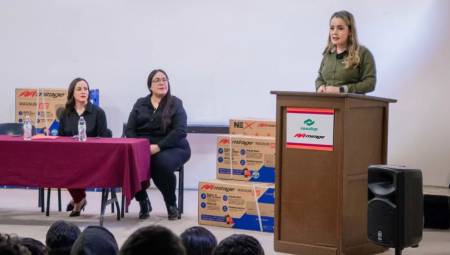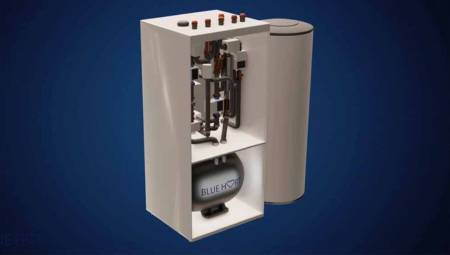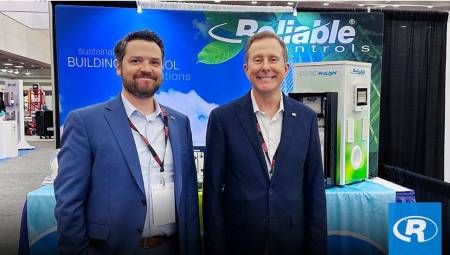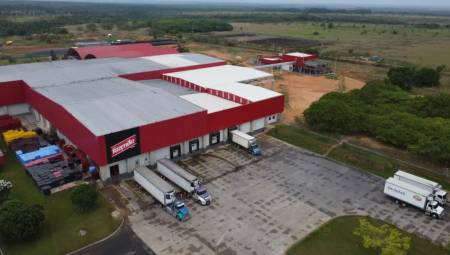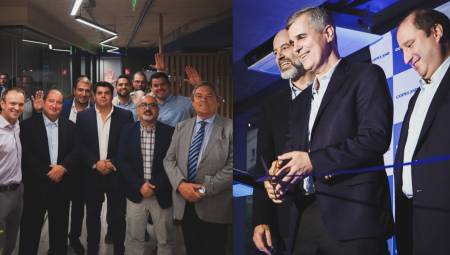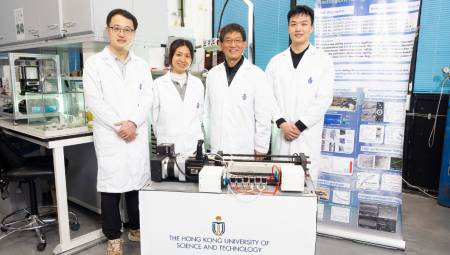 Recommendations for recharging refrigeration and air conditioning systems.
Recommendations for recharging refrigeration and air conditioning systems.
by Jimy Danelli*
In the area of repairs of failures occurring in a refrigeration and air conditioning system, at the time of recharging refrigerant, in many cases technicians use methodologies a little inadequate, only taking into account only the pressures, both high and low, the amperage reading, which are important indications in the correct operation of the equipment but can be generated without recharging with much or little refrigerant, since the ideal charge will only be obtained using the most complete method possible for such a task.
The process of refilling both pure refrigerant or the different mixtures that have currently been developed for the different systems, among others the refrigerants R 134ª, R22 and the mixtures R410a, R404a, R407C, which according to the designer of the system must have a load in specific weight with small variants, often not considered. The procedure of recharging by the weight is already calculated and determined by the manufacturers and details this feature printed on the identification plate of the equipment, otherwise the information must be requested from the manufacturer, this will allow a reliable load, generating savings in the load of the system and avoiding failures due to excess that can damage the compressor.
The procedure of injection and loading of refrigerant by pressure has the disadvantage that the load of the system will be associated with the different conditions of operation and maintenance such as the following:
• Cleaning of evaporators and condesadores: due to the difference in temperature and pressure that this generates by reducing the flow of air that circulates through the fins of the coils when there is obstruction this air flow decreases generating low pressure in the evaporator and increase in pressure in the condenser.
• The pressure difference due to filter obstruction: if the filter dryer is saturated and has a considerable pressure difference, which is often evidenced by detecting a temperature differential at the inlet and outlet of the filter dryer.
• Expansion valve or expansion device: with obstruction or damage, this anomaly caused by obstruction of the sieve filter that some valves have in their internal part, will cause the flow of refrigerant to be irregular and the pressure in the same way will be observed in an irregular way, or when presenting damage to its internal regulation mechanisms.
• The compressor: as the main element of the system since it moves the refrigerant raising its pressure and temperature, when presenting damage to its intake and discharge valves, it will not generate the working pressure required for each type of refrigerant used in the refrigeration or air conditioning system.
• Ambient temperature: an aspect often not considered when loading systems only with pressure gauges is the ambient temperature, since it may be charging at a very low or very high ambient temperature, which will generate pressure differential when loading the system, being able to overload or not load sufficiently.
• Faulty connections and fittings: in many systems there are passage valves, flow regulating valves, pressure regulating valves, among others, that could be affecting the flow of refrigerant.
Refrigerant charge by applying a balance
One of the most successful procedures to load a system after a repair where all the refrigerant was extracted and taking into account that if the refrigerant could be completely recovered, there would be no greater difficulty, however, when for reasons of leaks, very aggressive burns where the levels of contamination and acidity of the refrigeration circuit merited extracting the refrigerant and can not be reused, in these cases the system must be recharged having the following recommendations:
• Check the manufacturer's design plate, there appear the type of refrigerant and the amount expressed in ounces and / or kg, this data is very important.
• I evaluated that there are no leaks and that the repairs made after making a vacuum with the machine certified for that type of equipment allowed to reach the desired vacuum.
To perform the procedure for weight loading must be performed with a commercial balance or a programmable load meter, the latter is the one described below:
1. Place the meter on a firm, level surface and open the lid.
2. Plug the power cord into a 110V or 220V AC outlet as the case may be. The solenoid valve works with this voltage.
3. Place the coolant cylinder carefully in the center of the platform.
4. Connect the appropriate yellow adapter hose between the cylinder valve and the Inlet Terminal, located on the outside, and purge the hose air if necessary.
5. Turn on the unit by pressing ON. The unit will emit a single "beep" depending on the model of the balance and after a brief numerical appearance on the screen the meter will be placed at zero.
6. Select the unit of measurement by pressing the LBS key for pounds and ounces, or the Kg key for kilograms and grams. The unit will start emitting "bippes" and return to zero each time the unit of measurement is changed.
7. Connect the Meter Output Terminal to the collector manometer, compatible with the refrigerant being used. Make sure all manifold valves are closed.
8. Connect the collector pressure gauge to the system as directed by the manufacturer.
Programming of an electronic refrigerant load balance: Many models of state-of-the-art electronic balances have the possibility of programming them with the load that will be injected into the system or equipment that you want to recharge with refrigerant, this process facilitates that each container or cylinder only sent the amount programmed in the process, letting pass up to the amount previously described in the programmer of the machine, Being able to repeat several times if the system requires more than one cylinder or refrigerant container, electronic type balances allow a load with an accuracy of +/- 2% of the reading or 10g (1/2 ounce).
In a next opportunity we will be dealing with the recovery and recycling of refrigerants.
* Jimy Danelli is an air conditioning and refrigeration maintenance consultant. You can write to the email: [email protected]



